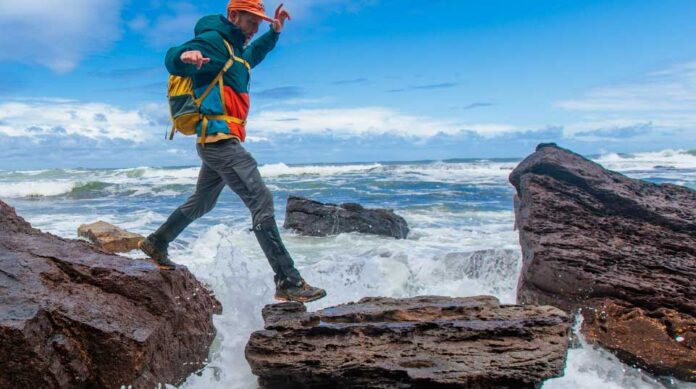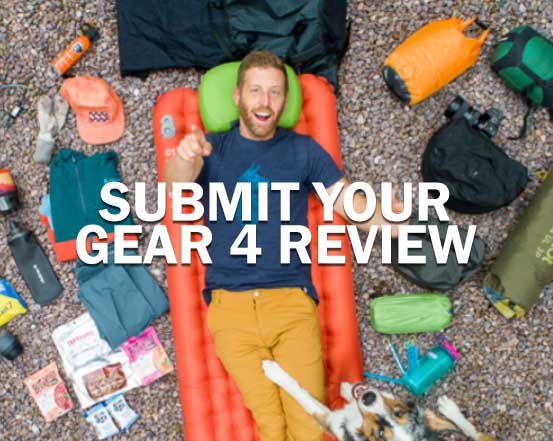It's important to pick the right kicks for your hiking and backpacking adventures. The terrain and conditions can vary as much as individual comfort preferences when choosing hiking footwear. Your shoes/boots should reflect all of these variables if you want to have a successful, enjoyable, blister-and-injury-free outing.
In some of my BackpackingTV videos, you can see a wall of footwear in my home “office.” I naturally get a lot of questions about what type of hikers work best in different scenarios. Let's walk through (pun intended) some of the basic categories so that you can get a better idea of what's what in the world of hiking shoes.
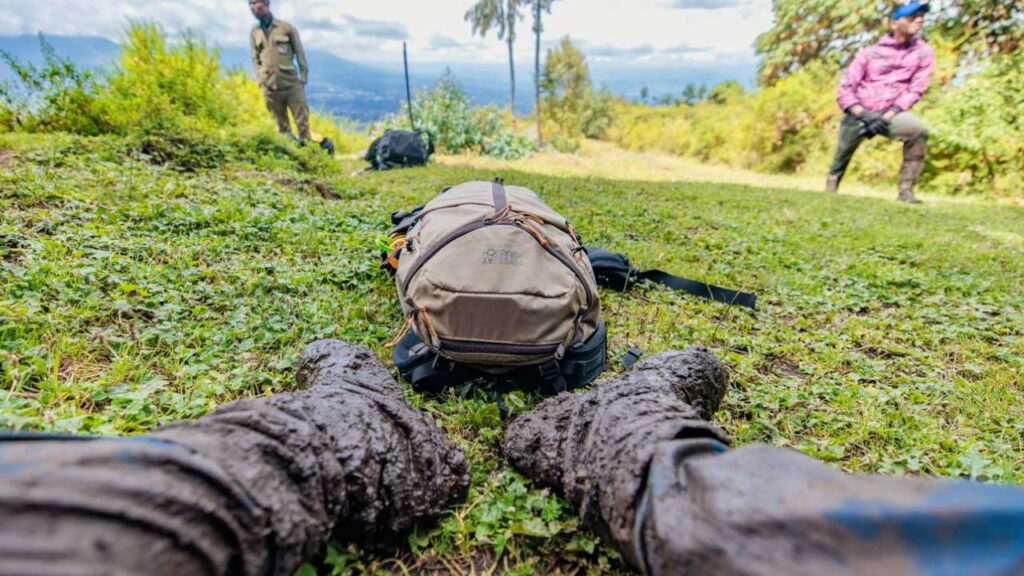
Waterproof Hiking Boots
Every footwear wall in every outdoorsy store will feature waterproof hiking boots. I've noticed that beginner hikers instinctively flock towards them. Gore-Tex is the household brand, but a lot of other shoe companies will have their equivalent technology.
Whatever it's called, the goal is to keep your feet from getting wet. This is great if you expect to be hiking in the rain/snow, or traversing a lot of waterways. It is the opposite of what you want in dry climates, or on a hot summer day.
Moisture Out, Moisture In
Waterproof boots (as well as shoes, but boots especially) do a great job of keeping external moisture out. However, they lack breathability and can therefore trap moisture (i.e. sweat) in! Thus a paradox is created in which your feet can get soaked from wearing waterproof footwear.
Don't get me wrong, I'm grateful for my Gore-Tex shoes and boots when the occasion calls for it, but as often as I can, I elect to wear light, breathable, running-shoe-style shoes. I do, after all, live in the desert…
Waterproof Recommendation
If you're looking for a specific recommendation, I like Aku's Selvatica Tactical GTX. They're low cut and super comfortable. If you're hiking during the shoulder season, or aren't sure what to expect in terms of the weather, then this is a great strategy. The Selvatica gives waterproof protection, but the low-cut style also lets some internal moisture escape around the ankle. In fact, when in doubt about what type of footwear to purchase, err on the side of Gore-Tex, since it will give you more options.
You might have a few hikes where your feet are toasty, but that's probably better than being soaked to the bone without warning. However, if you know that rainy days are few and far between (like in my home state of Arizona), then definitely skip the waterproof stuff in favor of breathability.
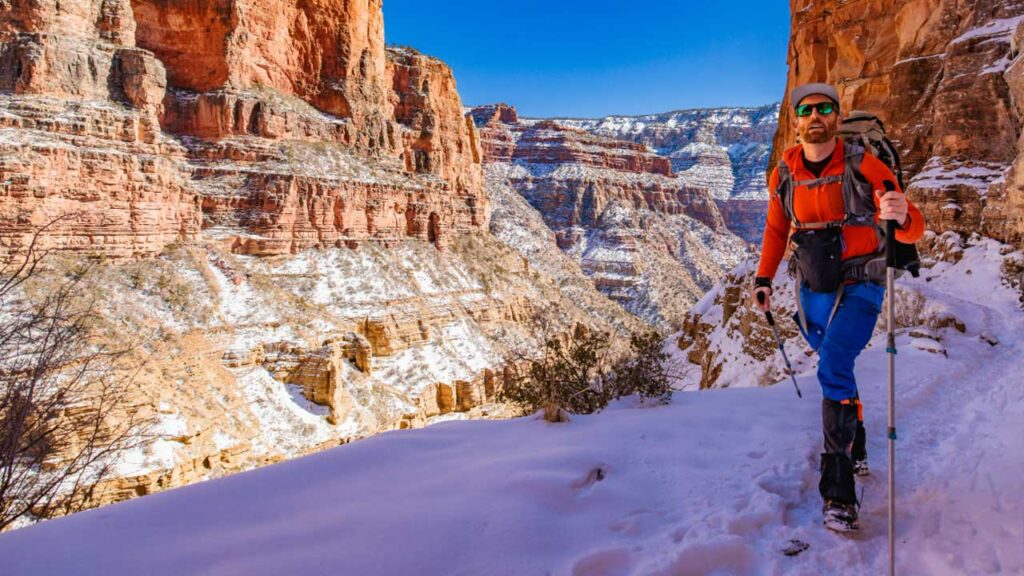
Insulated Hiking Boots
In a similar vein, you may have inherited a beefy pair of hiking boots from your mountain-climbing or ice-fishing relative and think that they are good for anything under the outdoor-adventure umbrella. But again, insulated, winter hiking boots are specialized footwear meant to keep your feet warm and protected in cold, harsh environments.
Taking something like this on an average trail in the summertime will be total overkill, and will inevitably result in hot, blister-prone feet. Save something like this for when your passion spills into the “off-season” or if you sign up for a cold-weather/high-altitude expedition. This kind of boot will be expensive, but absolutely essential (and probably mandatory in group-tour settings) for winter treks.
My recommendation: Superalp Nubuck GTX by AKU
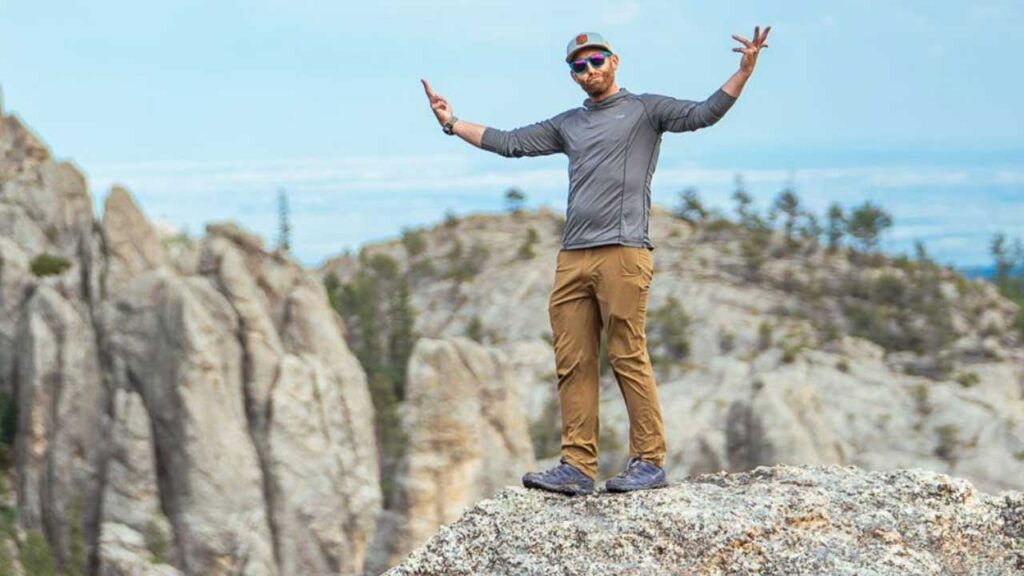
Hiking Shoes
I've mentioned a few times before that I prefer to hang out in the minimalistic end of the shoe spectrum. If I'm in dry conditions and the terrain isn't excessively rough, I reach for a low-cut hiking shoe that looks like (and in some cases simply is) a trail runner. I find these to be both comfortable and efficient to walk in. They keep my feet blister-free, and I love the extra proprioception (i.e. how they let me feel the environment).
The hesitation for some people with regards to hiking boots vs shoes, is that they will be more likely to roll their ankle without the support of a high-cut boot. Personally, I haven't experienced any uptick in ankle twisting. In fact, I actually find there to be a lower risk of injury in trail runners because they force me to be more aware and focused in my movements. Heavy duty boots allow me to be sloppy, sometimes awkwardly plunking my foot down on an uneven surface, whereas trail runners bring out my nimble rock-hopping skills.
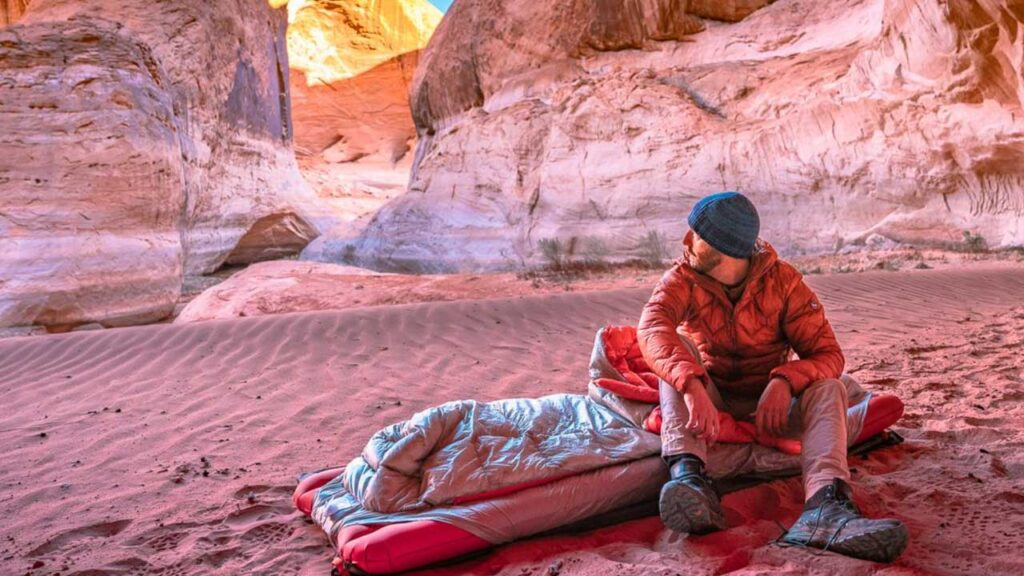
If you're a thru-hiker, or are looking to get into some big milage days, then you are probably already barking up the trail runner tree. After all, if ultramarathoners can wear these for 100+ mile mountain races, then backpackers can benefit for all the same reasons. Lightweight, breathable, and high-traction shoes go a long way (literally!) for keeping feet happy and healthy. They won't last nearly as long as rough n' tumble hiking boots, but that's a trade off worth exploring.
Hiking Shoes vs Hiking Boots is Your Choice
At the end of the day (or the start of the day; or the middle of the day even!) selecting a hiking shoe or hiking boot is a personal decision based on personal experiences. I think there is a psychological benefit to certain footwear that can't be ignored. Pay attention to what you're drawn to, while also being open to trying new things.
I don't have a specific model recommendation here, just play around with what feels best. There are so many trail running models to pick from, tailoring to different aspects of the sport and changing constantly with new updates. Focus on fit, feel, and intended function. In terms of brands, I've done well with Merrell and Altra.
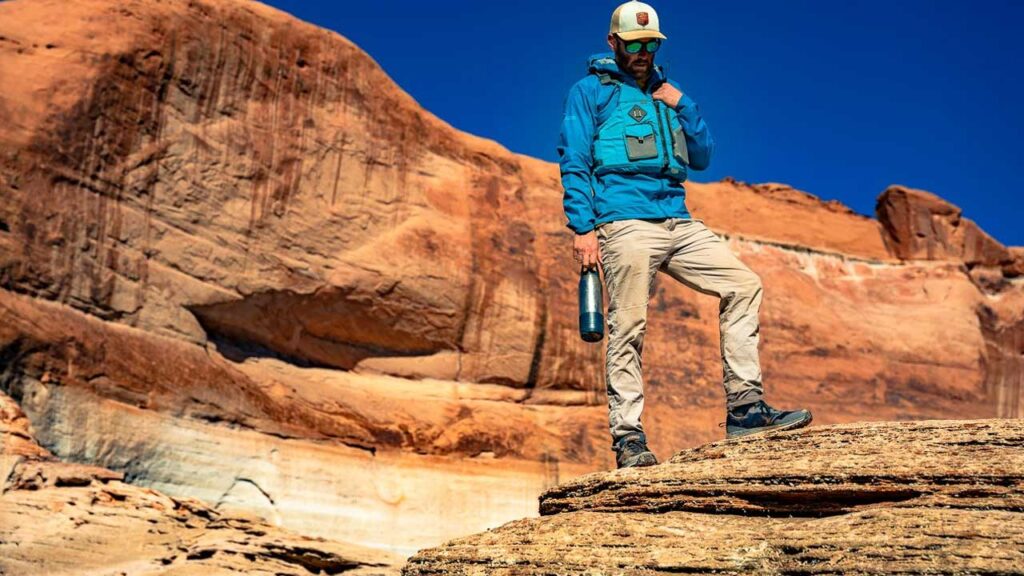
What is an Approach Shoe for Hiking?
An approach shoe is a hybrid between a light hiking shoe and a climbing shoe. It has an exceptionally-grippy outsole and a protective edge on the toe-box. This allows for some light to moderate scrambling after covering some decent miles. As the name suggests, an approach shoe is something that outdoor climbers can wear as they hike up to the base of a rock wall.
High-performance climbing shoes wouldn't work for hiking, nor would hiking shoes work for climbing technical routes, and so the approach shoe fills this gap. I actually really enjoy hiking in approach shoes, especially if I know the route will involve some rock-hopping, scrambling, or basic bouldering.
My recommendations: Adidas Five Ten Climbing and Approach Shoes, Scarpa, and La Sportiva
Water Shoes
Both Ken Whiting of PaddleTV and I have had a lot of success with the TR1 Mesh by Astral. This is just a fun shoe that always serves me well in wet conditions, such as hikes with constant creek crossings, or popping through canyons, such as The Narrows at Zion National Park. The TR1 Mesh is so breathable that the upper is actually see-through in large chunks. This lets the water drain quickly, so that you don't get bogged down.
Waterproof shoes are good up to a point, but there are certain hikes where your feet are just going to constantly get soaked. So embrace it! The other benefit of a water shoe, rather than just a sandal, is that it still provides some added protection. And because water shoes are based on a simple, stripped-down design, the price is also very friendly. The TR1 costs only $130 (USD).
For a more in-depth breakdown, check out my Astral TR1 Water Shoes Backpacking Review.
Hiking Sandals
Yes, there is a time, place, and distance for hiking in sandals. I used to exclusively use Chacos, but after they finally died (after like 15 years!) I gave Bedrock Sandals a go. They've been really solid and also way, way, waaay lighter. Not quite as light as a casual sandal, but a nice balance between backcountry umph and packability. They work great around camp and I do actually wear them on hikes, especially when I'm in the desert, but only for 5 miles or less. You just have to be mindful of kicking rocks or roots. Remember to pick up your feet when wearing these!
Caution: Blisters and Hotspots While Hiking Without Socks
Also, in the absence of socks, blisters and hotspots can rear their ugly faces if you overdo it, or haven't yet broken in your new pair. Finally, hiking sandals can work as a backup shoe in the event that you blow out a shoelace or run into other troubles with your main boots/hikers while on a multi-day excursion (perhaps you've seen that scene in the movie Wild where a battered-toe Reese Witherspoon accidentally sends her one boot hurtling down the mountainside).
That's all I've got for you today. I hope this footwear breakdown helps kickstart (I just can't pass up a good pun) your own fun, safe, and relatively inexpensive hiking adventures. There's no one perfect pair of shoes for all occasions, but if you are able to add a few different kinds to your closet, then you'll be set for all kinds of cool trips. For more gear chat, tip videos, and trail inspirations, come follow along at BackpackingTV.
Big Thanks to Mystery Ranch
My ultimate backpack buddies at Mystery Ranch are the sponsor of this whole hiking series that I have been putting together on BackpackingTV and In4Adventure.com. Mystery Ranch not only makes amazing backpacks, but they have been a supporter of my channels for a long time now – helping me to bring all the information I've learned as a guide and adventurer to my fellow backpackers, both new and experienced alike. I've raved about the Bridger series of backpacks many times, but I've also found great day packs and heavy-duty/expedition bags too. To find out more, head over to mysteryranch.com.

Gear used in this review includes:
Jackets: Cotopaxi Cielo Rain Jacket
Fleece and Layers: Cotopaxi Otero midlayer
Pants: Fjallraven Keb Trousers
Sunglasses: Wiley X



